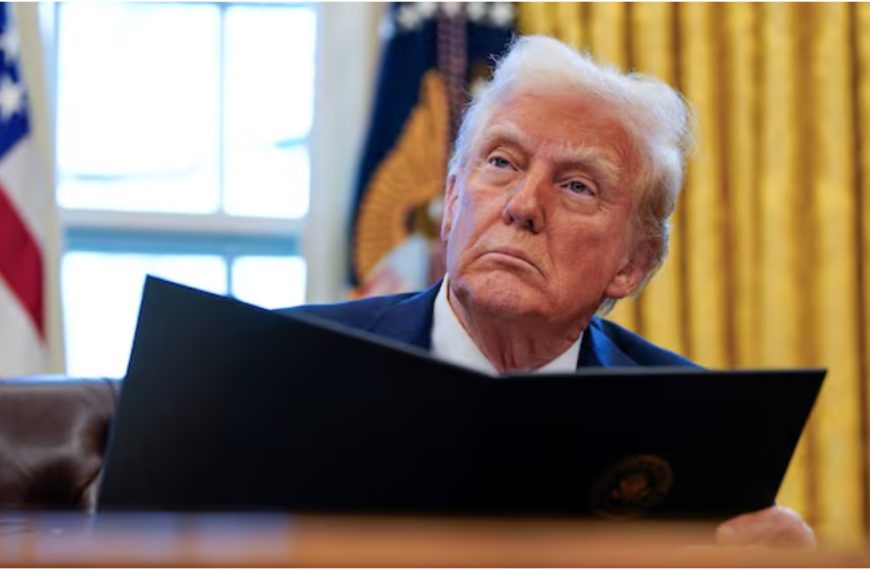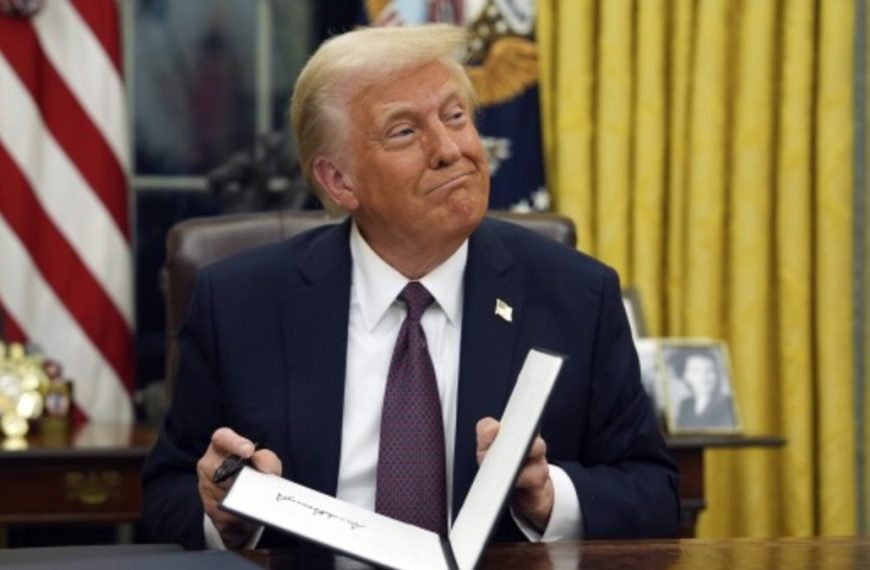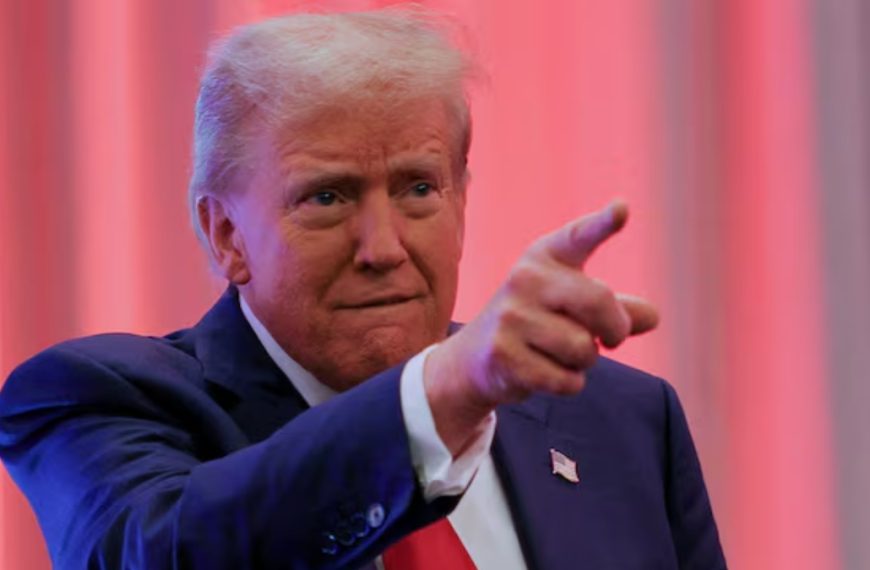The landscape of online shopping in India is experiencing a remarkable transformation, with consumers engaging in fast-moving consumer goods (FMCG) purchases more than three times as often as they did a year ago. A recent study by Kantar’s Asia Pulse Report reveals that online shopping instances surged to 61% during the last quarter of 2024, a significant increase from just 19% in the same timeframe the previous year. This rapid growth is largely attributed to the booming quick commerce sector, prompting FMCG companies to rethink their sales strategies.
Quick Commerce Drives Change in FMCG Shopping
Urban consumers are increasingly prioritizing convenience over cost when making FMCG purchases. This trend has been highlighted by the rise of quick commerce, which has compelled grocery retailers to adapt. Here’s how they’re responding:
- Increased Discounts: Retailers are offering greater discounts to attract customers.
- Faster Deliveries: Many are enhancing their delivery options to cater to the demand for speed.
Contrasting Growth with Global Markets
Interestingly, India’s surge in online shopping stands in stark contrast to the situation in China. While India’s online shopping frequency has skyrocketed, China’s has remained relatively stable, fluctuating between 12-14% as noted in the same report. This difference underscores India’s unique consumer behavior, where the demand for instant gratification is reshaping shopping habits.
Evolving Market Shares
The report shows a notable decline in the share of traditional kirana stores, which dropped to 79% in the last quarter of 2024 from 81% the previous year. This shift isn’t abrupt; the share had already dipped to 80% over the past two quarters. A portion of this market movement has transitioned online, with e-commerce (including quick commerce) now making up 3% of the market, up from 2% previously.
- Supermarkets: Their market share has remained steady at 8%.
- Grocery Retailers: Companies like Avenue Supermarts (DMart), Reliance Retail, and Spencer’s Retail are feeling the heat from quick commerce, adjusting their strategies by offering more discounts and launching their quick commerce operations.
The Call for Fair Practices
In response to this shifting landscape, traditional traders and distributors have voiced concerns regarding pricing strategies. They are advocating for fair pricing and margin practices from FMCG companies to ensure a balanced market. Quick commerce currently constitutes over one-third of online FMCG sales, which has prompted many companies to adjust their strategies accordingly.
FMCG giants are establishing dedicated teams to engage with quick commerce platforms, aiming to cater to the evolving consumer needs. To support local kiranas, companies such as HUL, Dabur, and Marico have relaxed credit limits and streamlined their product offerings for neighborhood stores. “Kiranas remain a vital channel for most FMCG firms, and we are actively addressing concerns regarding market slowdown,” stated Mohit Malhotra, CEO of Dabur India.
Concerns Over Pricing Practices
However, FMCG distributors are raising alarms about what they perceive as unfair pricing and discounting tactics by quick commerce platforms. They have reached out to the Competition Commission of India (CCI), emphasizing that the basic structure of the FMCG sector is being jeopardized by aggressive pricing strategies. The All India Consumer Products Distributors Federation (AICPDF) has highlighted these predatory practices in their communications.
Future Outlook for Quick Commerce
Experts predict that as consumer shopping behaviors continue to evolve, the growth of quick commerce is likely to remain robust in the coming years. A study by consultancy firm Bain and e-commerce leader Flipkart indicates that quick commerce platforms accounted for more than two-thirds of all e-grocery orders and approximately 10% of total e-retail revenue in 2024. The report forecasts that quick commerce will grow by over 40% annually through 2030, driven by its expansion across various product categories, regions, and customer demographics.
In conclusion, as India embraces the quick commerce model, both opportunities and challenges arise for FMCG companies, traditional retailers, and consumers alike. The future of shopping in India is undeniably shifting towards a faster, more convenient approach, setting the stage for a dynamic retail environment.











